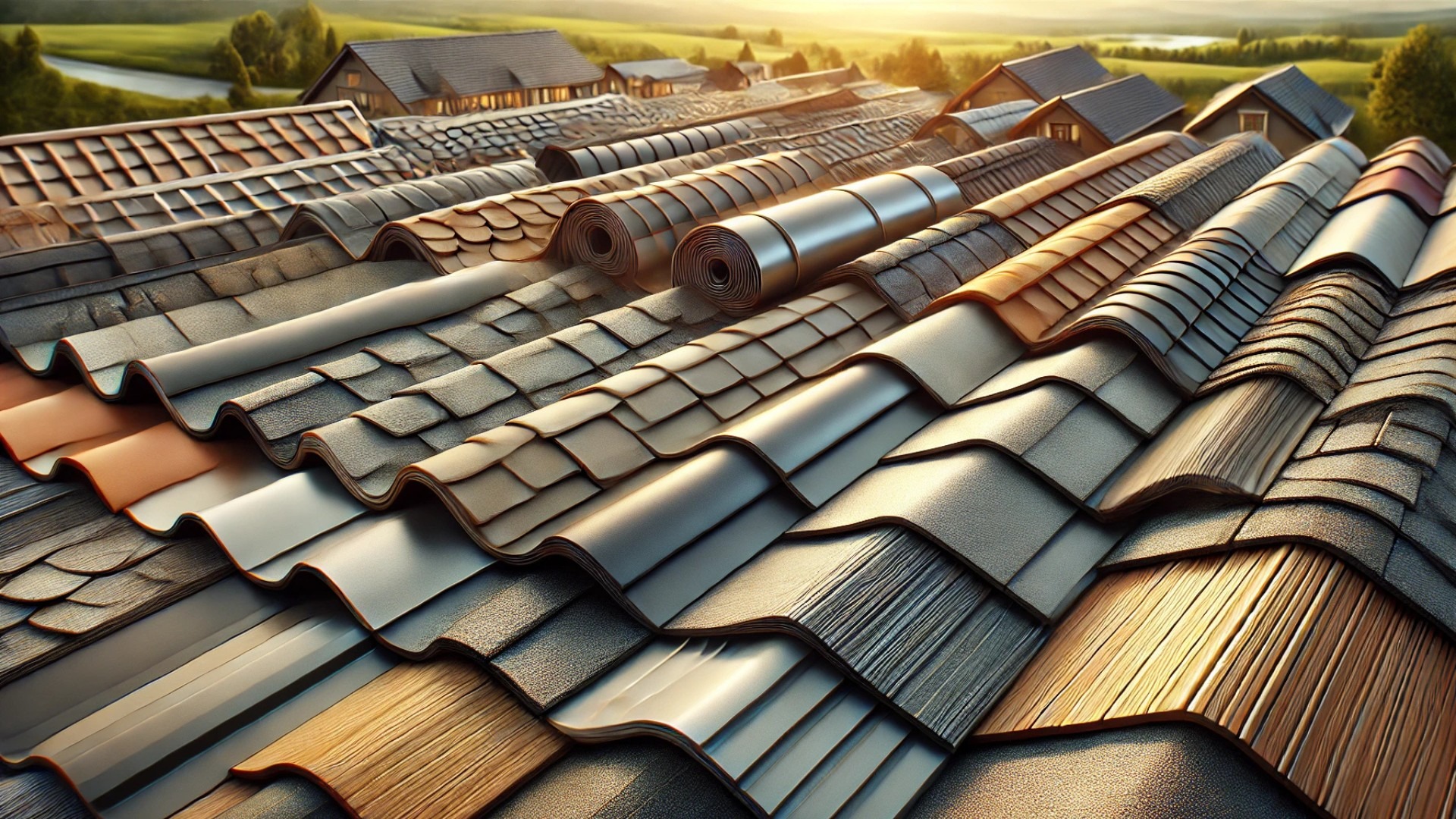
Making the Solar Switch: A Wise Investment for Homeowners
Installing solar panels on your roof isn't just about cutting down on energy bills; it's about embracing a sustainable lifestyle. With growing awareness about climate change, more homeowners are opting for solar energy. Beyond just financial savings, your investment in solar energy can contribute to a greener planet.
Preparation: The Foundation for Successful Installation
The journey to a thriving solar setup begins long before the first panel is mounted. A thorough assessment of your roof structure is critical. A professional evaluation ensures that your roofing system can support the additional weight of solar panels while aligning with local regulations. Proper planning hinges not just on structural integrity, but also on the slope of your roof—an angle between 15 and 40 degrees maximizes solar exposure.
Gathering Tools and Materials: What You'll Need
Before you start your installation adventure, it's essential to have all the right tools and materials. This preparation phase dictates the success of your project. As highlighted by guides from Unbound Solar, comprehensive preparation lists are invaluable. Here’s what you’ll typically need:
Silicon Solar Cells: These tiny powerhouses convert sunlight into electricity.
Metal Frames: To support and protect solar cells against environmental elements.
Glass Sheets: They shield the cells while allowing sunlight access.
Electrical Wiring: Essential for connecting everything and ensuring efficient energy flow.
Safety Equipment: Helmets, gloves, and protective eyewear to safeguard you during installation.
Step-by-Step Installation: Connecting the Dots
As you embark on this exciting DIY journey, breaking down the installation process into manageable steps is crucial. According to the guide from Otovo, the entire installation can often be distilled into eight major steps:
Scaffolding Setup: Creating a safe workspace is paramount when working at heights.
Mounting Structures: Properly affix roof mounts to ensure your panels are secure.
Panel Attachment: Carefully install solar panels, ensuring stability.
Electrical Wiring: Connect panels in series or parallel, depending on your system’s requirements.
Inverter Installation: The inverter converts DC energy from the solar panels to AC for home use.
System Testing: Power it up and make sure everything operates smoothly!
Essential Considerations: Safety First
As exciting as installing solar panels can be, the task is laced with responsibilities. Safety must lead every step of installation. This involves using the right equipment and ensuring you have a clear plan to address various risks. Keep in mind the advice from installation experts: never compromise safety for convenience. Every single measure ensures both your home and personal safety through this transformative project.
After Installation: Your Solar Maintenance Guide
With solar panels in place, the focus shifts from installation to maintenance. Keeping your panels clean and functional is vital for optimum performance. Minor maintenance tasks, such as regular cleaning to remove dirt, can greatly extend the life of your panels. Remember, while solar panels require minimal upkeep, they still need your attention to maximize their efficiency.
Conclusion: Why Solar Panels Are Worth It
Installing solar panels is not merely a home improvement task; it’s a step towards sustainable living that reaps financial and environmental benefits. Embrace the change, be prepared, and you’ll contribute to a cleaner future while enjoying the perks of lower energy bills.
Curious about making the switch to solar energy? Connecting with local installation professionals can bring you one step closer to harnessing the power of the sun. This conscious decision not only benefits you but also contributes to the sustainability of our planet!
 Add Row
Add Row  Add
Add 

 Add Row
Add Row  Add Element
Add Element 




Write A Comment